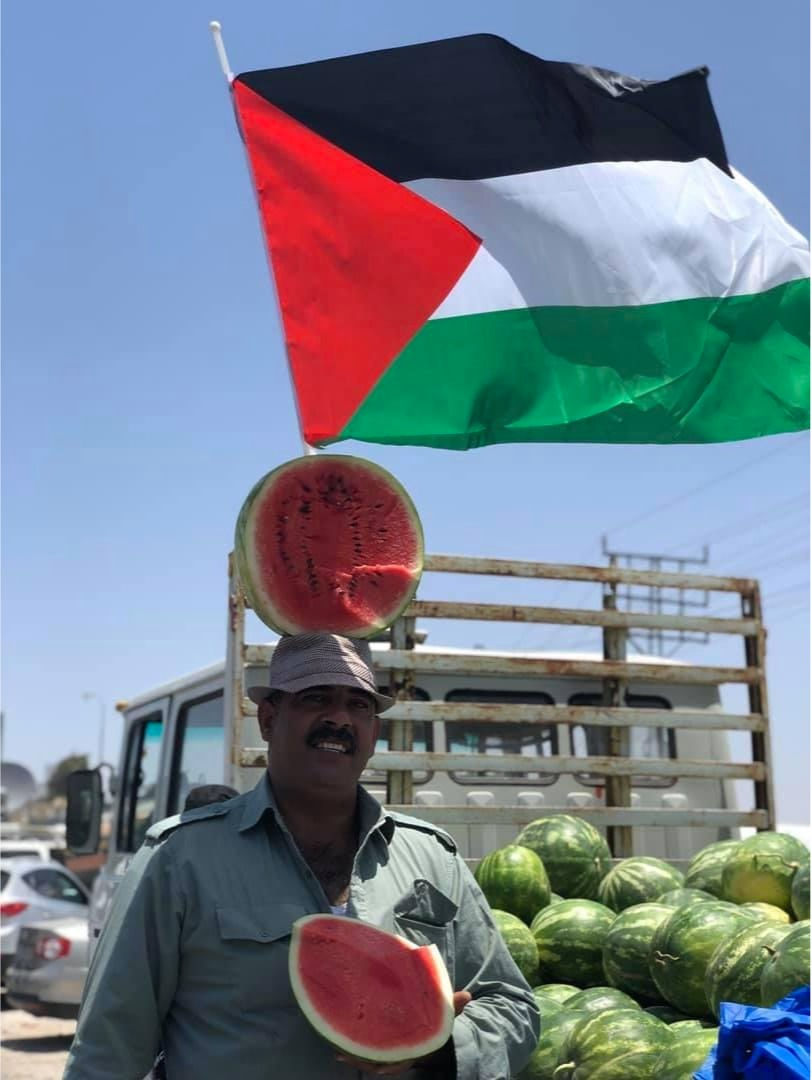How Did The Watermelon Become a Palestinian Symbol?
- Not An Ulpan
- Mar 15, 2023
- 2 min read
Updated: Mar 21, 2024

Red, black, white and green – the colors of the Palestinian flag… and of watermelons.
The Watermelon as a Palestinian Symbol
In occupied Palestine, watermelon is a symbol of resistance. With its colors mirroring the Palestinian flag, the fruit can be seen from the stone walls of Gaza to the galleries of Ramallah, hinting at the political history of a cherished summer fruit.
Israeli Backlash
After the 1967 war, the Israeli government banned all displays of the Palestinian flag. Any outward showing, from publications to advertisements and even old photographs, could result in arrest. Holding a slice of watermelon — with its coloring — became a subtle method for Palestinian activists to display national pride, and as an act of protest. Thus, the watermelon became a Palestinian symbol.
The Story of the Watermelon
In the 1980s, Israel shut down a major Ramallah art gallery and arrested three artists — Nabil Anani, Sliman Mansour & Isam Bader — for incorporating the colors of the Palestinian flag into their artworks.
Following the 2nd Intifada, Khaled Hourani crafted a silkscreen series, titled The Story of the Watermelon. Hourani is the former Director of Fine Arts for the Palestinian Ministry of Culture and a central figure in the revitalization of Palestine’s arts discourse.
Today, Hourani’s work has inspired artists to post their own interpretations on social media, especially due to extreme AI censors on Palestinian symbols online.
And in Palestine,
where it is a crime to wave
the flag of Palestine in Palestine,
watermelon halves are raised
against Israeli troops
for the red, black, white, green
of Palestine. Forever,
I love you your color hemmed
by rind.
— Aracelis Girmay, "Ode to the Watermelon"



Comments